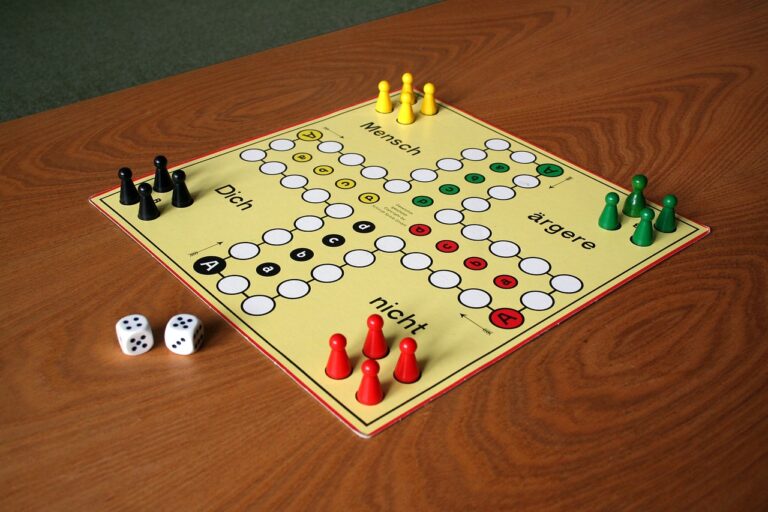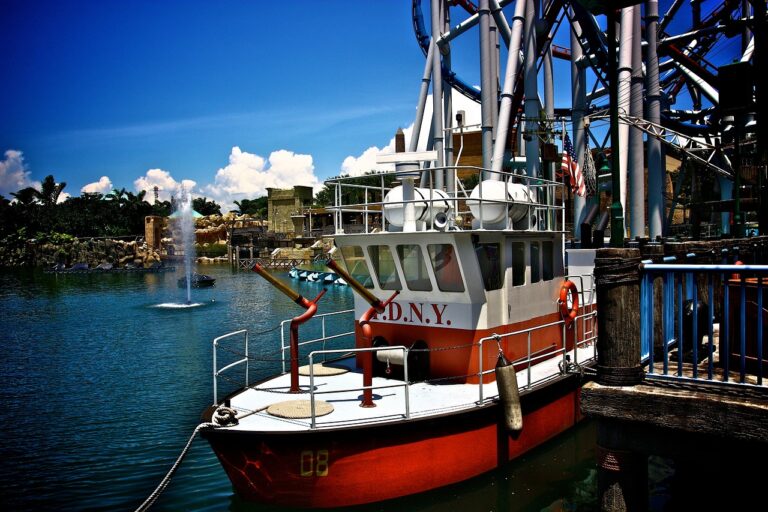Exploring the Role of Virtual Reality in Theme Park Experiences
Theme parks have come a long way since their inception, with technology playing a pivotal role in enhancing the overall guest experience. From simple mechanical rides to sophisticated interactive attractions, the evolution of theme park technology has been nothing short of remarkable. Innovations like animatronics, motion simulators, and augmented reality have all contributed to creating immersive and captivating experiences for park visitors.
One of the most significant advancements in theme park technology has been the integration of wearable technology and mobile apps. These tools enable guests to personalize their park experience, from making ride reservations to accessing interactive maps and real-time wait times. This level of interactivity not only enriches the overall visit but also helps in streamlining operations for park management.
Wearable technology and mobile apps have revolutionized the theme park experience
Guests can personalize their visit by making ride reservations and accessing interactive maps
Real-time wait times help in planning the day efficiently
Streamlining operations for park management has become easier with these technological advancements.
The Rise of Virtual Reality in Theme Parks
Virtual reality (VR) has swiftly emerged as a game-changer in the realm of theme parks, propelling visitors into immersive experiences like never before. By donning VR headsets, park-goers are transported to alternate worlds, blurring the lines between fiction and reality. This innovative technology has revolutionized the theme park industry, offering new dimensions of entertainment that captivate audiences of all ages.
Moreover, the integration of VR in theme parks has opened up a myriad of creative possibilities for designers and developers. From exhilarating roller coaster simulations to interactive storytelling adventures, VR allows guests to embark on fantastical journeys that transcend the constraints of physical space. As theme parks continue to embrace this cutting-edge technology, the potential for even more captivating and dynamic experiences appears boundless.
Enhancing Guest Experience Through Virtual Reality
Virtual reality (VR) has revolutionized the way guests experience theme parks. By immersing visitors in a digitally created environment, VR technology enhances rides and attractions, providing a sense of excitement and adventure like never before. Guests can soar through the skies on a virtual roller coaster, explore fantasy worlds, or even come face-to-face with mythical creatures, all from the comfort of a headset.
Furthermore, VR technology allows guests to customize their experiences, providing a level of personalization that was previously unimaginable. Whether visitors prefer thrilling adventures or serene tropical getaways, virtual reality can cater to their preferences, ensuring a more tailored and engaging theme park experience. With the potential to transport guests to limitless virtual worlds, VR is reshaping the landscape of theme park entertainment and redefining the boundaries of imagination.
How has theme park technology evolved over the years?
Theme park technology has evolved from simple mechanical rides to advanced virtual reality experiences, incorporating cutting-edge technology to enhance the guest experience.
What is virtual reality and how is it being used in theme parks?
Virtual reality is a technology that immerses users in a simulated environment. It is being used in theme parks to create thrilling and realistic experiences for guests.
How does virtual reality enhance the guest experience in theme parks?
Virtual reality enhances the guest experience by providing a more immersive and interactive experience, allowing guests to feel like they are part of the story or adventure being presented.
Are there any drawbacks to using virtual reality in theme parks?
While virtual reality can enhance the guest experience, there may be drawbacks such as technical issues, motion sickness, or the need for additional equipment which can impact the overall experience for some guests.
What are some examples of theme parks that have successfully implemented virtual reality?
Theme parks like Disney, Universal Studios, and Six Flags have successfully implemented virtual reality in their attractions to provide guests with unique and unforgettable experiences.







